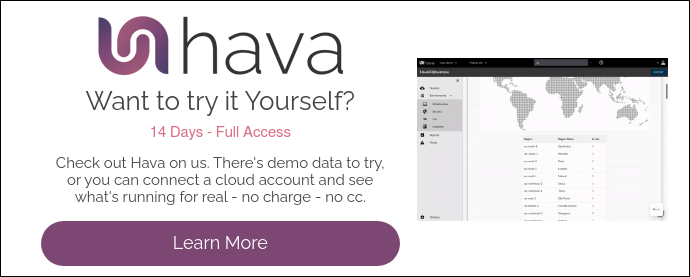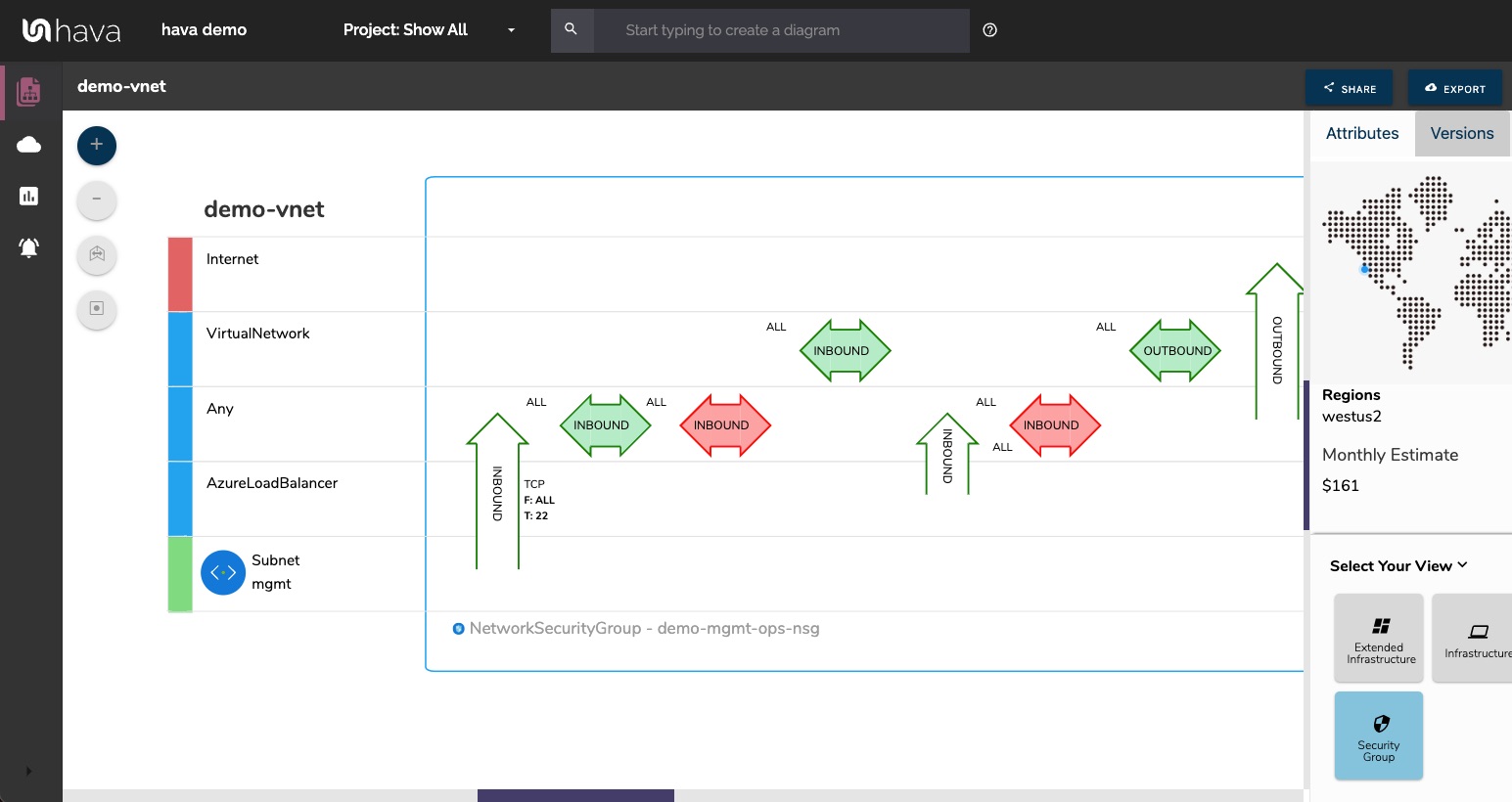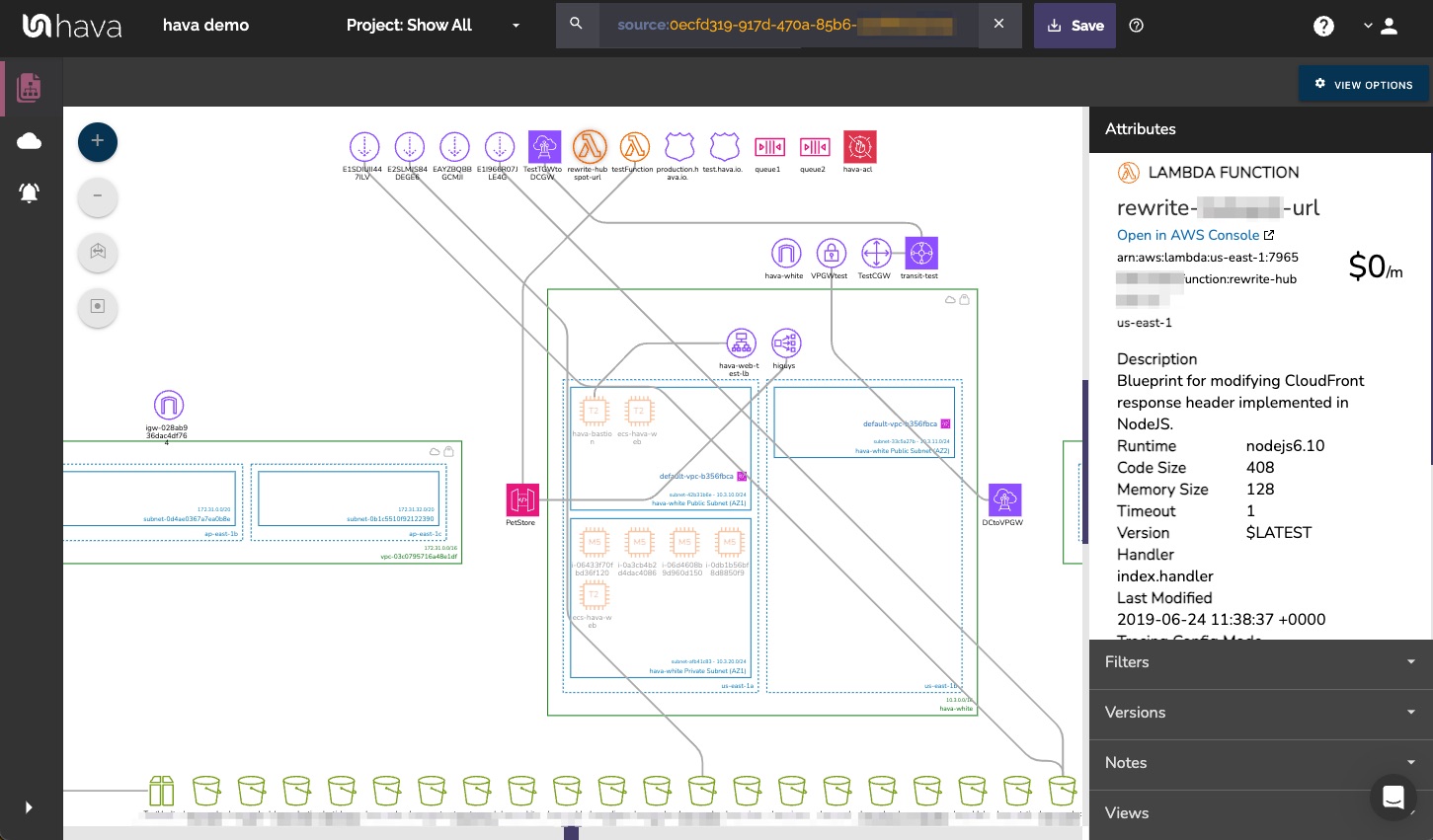
Automated Diagramming for Hybrid Cloud: Enhancing Visibility Across AWS, Azure, and GCP
As businesses increasingly adopt a multi-cloud strategy, integrating services across the big three: AWS, Azure, and Google Cloud Platform (GCP), the complexity of managing such diverse environments grows. Automated diagramming tools are essential for navigating this complexity, offering clear visualization and management of hybrid cloud infrastructure. This article explores the benefits of automated diagramming for hybrid cloud systems.
The Need for Automated Diagramming in Hybrid Cloud Environments
Hybrid cloud environments, particularly those spanning multiple cloud services like AWS, Azure, and GCP, present unique challenges in terms of connectivity, security, and governance. Each cloud platform has its own set of tools and interfaces, making it difficult to obtain a unified view of resources across the clouds. Automated hybrid cloud diagramming addresses these challenges by:
- Consolidating Views: Automatically generating comprehensive diagrams that provide a unified view of resources deployed across different cloud platforms.
- Real-time Updates: Ensuring that changes in one cloud are reflected across the diagrams instantly, maintaining an accurate and current representation of the environment.
- Simplifying Complexity: Breaking down intricate cloud architectures into understandable visual formats, which is crucial for effective management and decision-making.
Advantages of Automated Diagramming for Multi-Cloud Systems
Automated diagramming tools like Hava.io bring several key advantages to managing hybrid cloud environments across AWS, Azure, and GCP:
- Enhanced Operational Visibility: By visualizing how different cloud resources interact, IT teams can optimize workflows, identify redundancy, and improve the overall architecture without toggling between multiple cloud platforms' native tools.
- Streamlined Compliance and Security: Integrated diagrams help identify potential security risks by displaying how data moves between different services and platforms. This is critical for maintaining compliance with regulatory standards that may vary from one cloud provider to another.
- Efficient Resource Management: Automated diagramming helps in identifying underutilized resources and potential points of integration, leading to cost savings and more efficient resource use.
- Improved Collaboration: Diagrams that encapsulate the entirety of a multi-cloud environment facilitate better communication across teams. They help ensure that everyone, from developers to executives, understands the layout and functionality of the deployed services.
- Disaster Recovery Planning: Visual maps of interconnected services across clouds enhance disaster recovery plans by making it easier to pinpoint critical dependencies and plan for quick recoveries in different scenarios.
Implementing Automated Diagramming Across AWS, Azure, and GCP
To effectively implement automated diagramming across multiple cloud platforms, organizations should consider the following strategies:
- Select a Comprehensive Tool: Choose a diagramming tool that supports all the cloud platforms in use (AWS, Azure, GCP) and offers extensive features for automation and customization. ie Hava
- Regular Syncing: Ensure the diagramming tool is configured to regularly sync with all cloud accounts to maintain up-to-date diagrams reflecting the latest changes.
- Integration with Other Tools: Integrate the diagramming tool with other IT management systems to enhance data analytics, security monitoring, and operational management.
FAQs about Automated Diagramming for Hybrid Cloud
- How does automated diagramming handle data security across multiple clouds?
- Automated tools use secure APIs to fetch data from cloud platforms, ensuring that sensitive information is handled securely and compliance standards are met. All config data retained by Hava for the purposes of diagram creation is encrypted at rest.
- Can automated diagrams replace the need for manual documentation?
- While automated diagrams can significantly reduce the need for manual documentation, they complement rather than replace detailed documentation, especially for complex compliance requirements. Automation gets you 99% there with the ability to annotate and draw custom connections between disparate cloud resources in different vendor architecture.
- What is the impact on network performance when implementing automated diagramming?
- Modern automated diagramming tools are designed to be minimally invasive, having little to no impact on network performance while fetching data to generate diagrams.
- How often should diagrams be updated in a dynamic multi-cloud environment?
- Diagrams should be updated in real-time or near real-time to accurately reflect changes as they occur in any of the cloud environments. Creating complex multi vendor diagrams within Hava needs to only be done once. From there Hava keeps the diagrams updated hands-free making sure to record the changes in versioning for analysis and audit purposes.
- Are there specific training requirements for using automated diagramming tools?
- These tools are generally user-friendly, but basic training on navigation and features can help teams maximize their use.
Conclusion
Automated diagramming is a transformative approach for managing hybrid clouds, particularly those spanning multiple platforms like AWS, Azure, and GCP. By providing a unified, up-to-date visual representation of cloud infrastructures, automated diagramming tools like Hava.io empower organizations to enhance operational efficiency, bolster security, ensure compliance, and improve overall cloud management.
You can learn more about Hava here:





